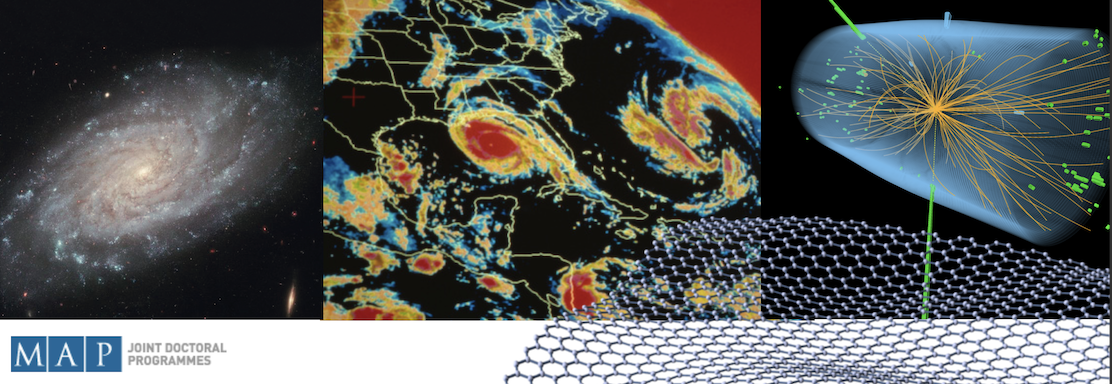Speaker
Description
The production of functional materials derived from dipeptides is gaining significant attention in bionanotechnology due to their biocompatibility, structural rigidity, versatile morphologies, and ease of functionalization and synthesis [1]. Cyclodipeptides are an emerging group of ring-shaped dipeptides, that exhibit the unique ability to dimerize into quantum dots which, self-assemble into supramolecular structures with different morphologies (nanospheres, nanotubes, nanowires, nanofibers) showing quantum confinement and photoluminescence [2]. Amino acids, the building blocks of dipeptides, exhibit chirality [1]. Their non-centrosymmetric structure enables spontaneous polarization and/or ferroelectricity, which is the basis of piezoelectric and pyroelectric effects with applications in optoelectronics and beyond. As a result, cyclodipeptides hold great potential for applications in biological tissue imaging and piezoelectric microdevices [2].
Electrospinning is a widely used technique for creating nano- or microfibers by utilizing an electric field to draw and elongate a polymer solution into ultrafine fibers. This method also facilitates the functionalization of polymer matrices with active materials to achieve desired properties. As cyclodipeptides exhibit high thermal stability and mechanical strength, in our work, we utilized these properties to make nanofiber systems incorporating dipeptides into PVDF nanofibers. In this respect, poly(vinylidene fluoride) (PVDF) is a widely used semicrystalline polymer known for its exceptional pyroelectric and piezoelectric properties. These characteristics make it an ideal material for use in combinations with the cyclodipeptides, to produce composite nanofibers for piezoelectric energy harvesters, sensors, and nanogenerators.
The obtained nanofibers containing self-assembled nanostructures embedded into the polymer matrix, are wide-band gap semiconductors with 4.0 eV bandgap energy. We studied their structural, morphological, optical, piezoelectric and pyroelectric responses, towards hybrid systems for energy generation and built a prototype energy harvesting system.
[1] Zhao, K., Xing, R., Yan, X. Cyclic dipeptides: Biological activities and self-assembled materials. Peptide Science 113, 2475-8817 (2021).
[2] Tao, K., Fan, Z., Sun, L., et al. Quantum confined peptide assemblies with tunable visible to near-infrared spectral range. Nat Commun 9, 3217 (2018).
| Which topic best fits your talk? | Condensed Matter Physics and Nanomaterials |
|---|

